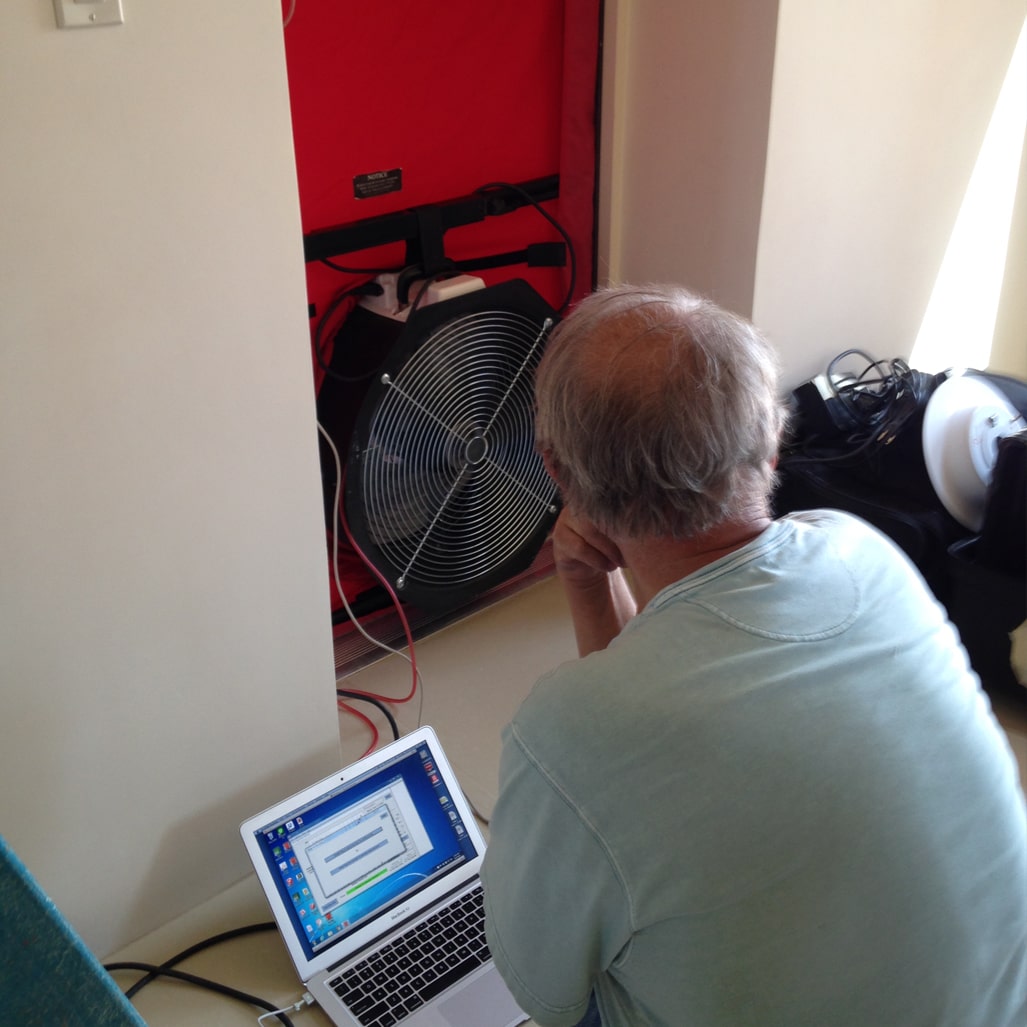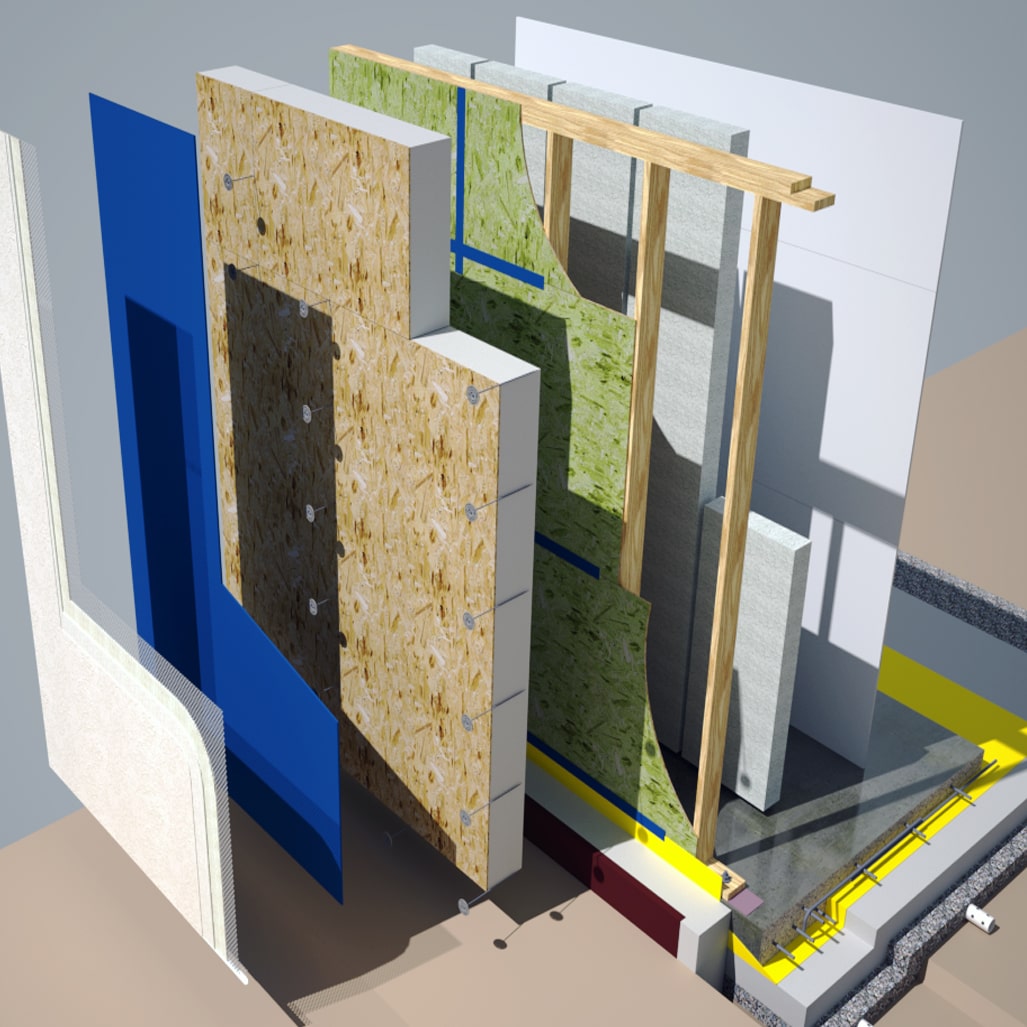The Passive House: Redefining Energy Efficiency in Buildings
In the quest for sustainability and energy efficiency, the Passive House standard emerges as a beacon of innovation and environmental stewardship in the building industry. Originating from the Passive House Institute (PHI) in Darmstadt, Germany, this rigorous building standard is not just a set of guidelines but a philosophy that is reshaping how we think about construction, energy use, and living spaces. This article delves into the Passive House standard, exploring its principles, requirements, benefits, and the transformative impact it has on the built environment.
What is a Passive House?
A Passive House represents the pinnacle of energy-efficient building design, aiming for minimal energy consumption without sacrificing comfort or air quality. It is a design standard that can be applied to any type of building, from residential homes to schools and office buildings, with the dual goals of drastically reducing energy usage and carbon emissions while providing superior comfort and indoor air quality.
The Core Principles of Passive House Design
The Passive House standard is built upon five core principles that work together to achieve unprecedented levels of energy efficiency:
- Superinsulation: The building envelope is wrapped in a thick layer of insulation, significantly reducing heat loss in winter and heat gains in summer.
- Airtight Construction: By ensuring the building is virtually airtight, Passive House designs prevent energy loss through gaps and cracks, a common issue in conventional buildings.
- High-Performance Windows and Doors: Utilizing triple-pane windows and well-insulated doors minimizes thermal bridging and enhances comfort by keeping interior surface temperatures close to indoor air temperatures.
- Heat Recovery Ventilation: A key feature of Passive House design, heat recovery ventilation systems provide a continuous supply of fresh air, transferring heat from outgoing stale air to incoming fresh air, thereby reducing the need for additional heating or cooling.
- Thermal Bridge Free Construction: Eliminating thermal bridges—areas where heat is conducted more rapidly through the building envelope—further reduces energy losses.
.


Performance Criteria
The Passive House standard sets forth stringent performance criteria that include:
- Space Heating and Cooling Demand: No more than 15 kWh/m² per year or 10 W/m² peak demand.
- Primary Energy Demand: Total energy (for heating, cooling, hot water, and electricity) limited to 120 kWh/m² per year.
- Airtightness: Maximum of 0.6 air changes per hour at 50 Pascals pressure, verified through blower-door tests.
These benchmarks ensure that Passive Houses consume up to 90% less heating and cooling energy than conventional buildings and significantly reduce overall energy consumption.
The Benefits of Living in a Passive House
Energy Efficiency and Climate Impact: The most evident advantage of Passive Houses is their remarkable energy efficiency, leading to lower utility bills and a significantly reduced carbon footprint, aligning with global efforts to combat climate change.
Comfort and Health: Passive Houses offer unmatched comfort with stable indoor temperatures, no drafts, and high-quality indoor air free of pollutants and allergens, thanks to the continuous filtered air supply.
Economic Advantages: While the initial cost may be higher due to the quality of materials and technology used, the reduction in energy bills means the investment pays off over time, making it economically viable in the long run.
Resilience and Predictability: The meticulous design and planning of Passive Houses result in predictable performance and resilience against power outages and extreme weather, enhancing the building’s longevity and occupants’ safety.
The Future of Sustainable Building
The Passive House standard is more than just a set of
technical requirements; it represents a commitment to a sustainable future. As
climate change continues to pose significant challenges, the adoption of
Passive House principles can play a crucial role in reducing our environmental
impact while creating comfortable, healthy, and sustainable living spaces.
As this standard gains traction globally, it offers a
replicable model for energy efficiency and sustainability in the built
environment, demonstrating that it is possible to live in harmony with our
planet without compromising on comfort or quality of life. The Passive House
revolution is not just about building better structures; it’s about building a
better future.
.

